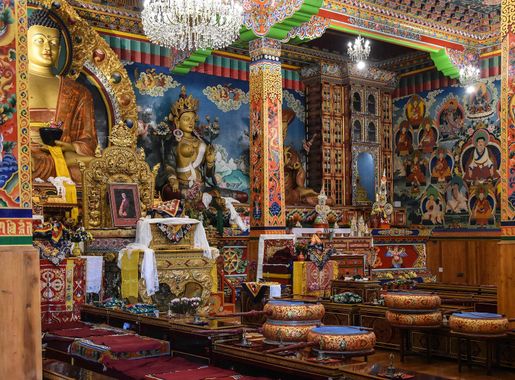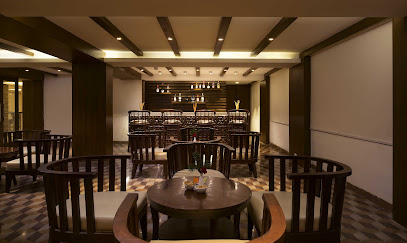
The Serene Enclave of Ghoom Monastery
Explore the tranquil Ghoom Monastery in Darjeeling, India—a haven of spirituality and stunning landscapes, offering a perfect blend of culture, history, and nature.
Nestled in the picturesque hills of Darjeeling, Ghoom Monastery, also known as Yiga Choeling Monastery, stands as a serene enclave of spirituality and history. Established in 1850, this Buddhist monastery is one of the oldest in the region and is renowned for its magnificent 15-foot high statue of Maitreya Buddha, also known as the Future Buddha. The monastery is a beacon of tranquility, providing a peaceful escape from the bustling town of Darjeeling. As you step into the monastery, you are greeted by the soothing chants of monks and the scent of burning incense. The walls are adorned with intricate thangka paintings, depicting various Buddhist deities and teachings. The monastery's library is a treasure trove of ancient Tibetan texts and scriptures, offering a glimpse into the rich cultural heritage of the region. The serene environment of the monastery makes it an ideal spot for meditation and reflection. The location of Ghoom Monastery offers breathtaking views of the surrounding hills and valleys. On a clear day, the sight of the majestic Kanchenjunga, the third-highest mountain in the world, is a visual treat. The monastery is also a gateway to several scenic treks and nature walks, making it a perfect destination for both spiritual seekers and nature lovers. Whether you are here to seek spiritual solace or to immerse yourself in the natural beauty of Darjeeling, Ghoom Monastery promises a memorable and enriching experience.
Local tips in Ghoom Monastery
- Visit during early morning hours to experience the peaceful morning prayers and avoid the tourist rush.
- Wear comfortable shoes as the monastery involves some walking and stairs.
- Respect local customs; dress modestly and remove your shoes before entering the main prayer hall.
- Carry a camera, but be mindful of photography restrictions inside the monastery.
- Check the weather forecast and plan your visit on a clear day for the best views of Kanchenjunga.
The Serene Enclave of Ghoom Monastery
Nestled in the picturesque hills of Darjeeling, Ghoom Monastery, also known as Yiga Choeling Monastery, stands as a serene enclave of spirituality and history. Established in 1850, this Buddhist monastery is one of the oldest in the region and is renowned for its magnificent 15-foot high statue of Maitreya Buddha, also known as the Future Buddha. The monastery is a beacon of tranquility, providing a peaceful escape from the bustling town of Darjeeling. As you step into the monastery, you are greeted by the soothing chants of monks and the scent of burning incense. The walls are adorned with intricate thangka paintings, depicting various Buddhist deities and teachings. The monastery's library is a treasure trove of ancient Tibetan texts and scriptures, offering a glimpse into the rich cultural heritage of the region. The serene environment of the monastery makes it an ideal spot for meditation and reflection. The location of Ghoom Monastery offers breathtaking views of the surrounding hills and valleys. On a clear day, the sight of the majestic Kanchenjunga, the third-highest mountain in the world, is a visual treat. The monastery is also a gateway to several scenic treks and nature walks, making it a perfect destination for both spiritual seekers and nature lovers. Whether you are here to seek spiritual solace or to immerse yourself in the natural beauty of Darjeeling, Ghoom Monastery promises a memorable and enriching experience.
Iconic landmarks you can’t miss
Ghoom Monastery (Samten Choeling)
Discover the serene beauty and spiritual depth of Ghoom Monastery, a historic Buddhist site nestled in the scenic hills of West Bengal.
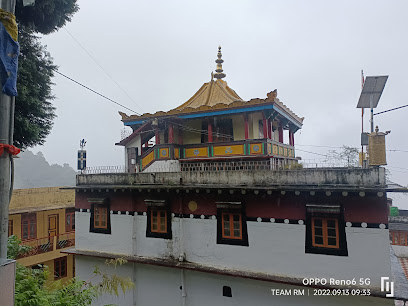
Yiga Choeling Monastery
Discover tranquility and rich spiritual heritage at Yiga Choeling Monastery, a serene Buddhist temple in the heart of Darjeeling's stunning landscapes.

Ghoom monastry
Explore the tranquility and spiritual depth of Ghoom Monastery, a stunning Buddhist temple nestled in the heart of West Bengal's picturesque hills.
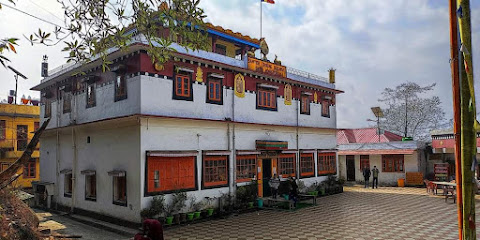
Old Ghoom Monastery Road
Discover spiritual tranquility and breathtaking views at Old Ghoom Monastery, a historic Buddhist temple nestled in the serene hills of Ghoom, West Bengal.
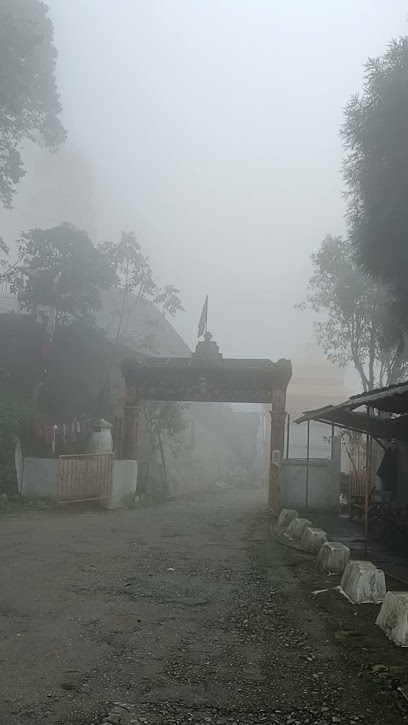
Unmissable attractions to see
Ghoom Monastery (Samten Choeling)
Discover the serene beauty and rich spiritual heritage of Ghoom Monastery, a must-visit destination in the heart of the Himalayas.
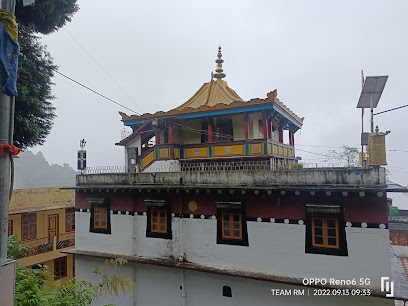
Darjeeling Clock Tower
Discover the historical allure of Darjeeling Clock Tower, a charming landmark at the heart of a vibrant hill station rich in culture and heritage.
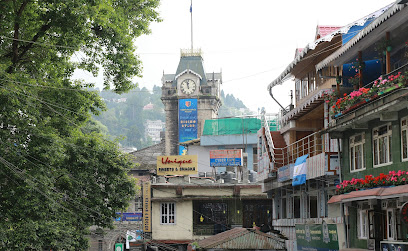
Dali Monastery
Discover serenity at Dali Monastery in Darjeeling, a stunning Buddhist temple offering breathtaking views and rich Tibetan culture.
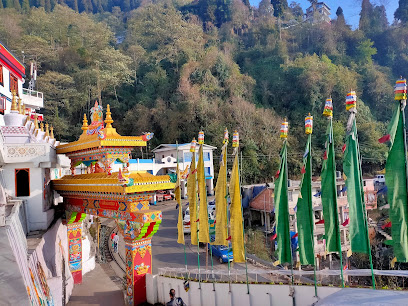
Yiga Choeling Monastery
Experience the serenity and spiritual depth of Yiga Choeling Monastery in Ghoom, a remarkable Buddhist temple nestled in the heart of Darjeeling's stunning landscape.

Buddhist Monastery
Discover the tranquility and spiritual richness of the Buddhist Monastery in Darjeeling, a serene escape in the heart of West Bengal.
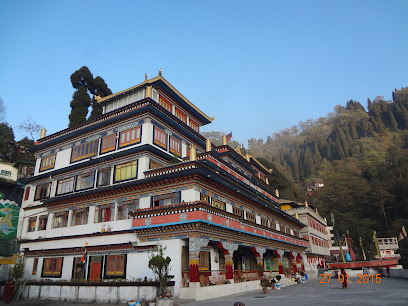
Tibetan Buddhist Monastery, Darjeeling
Explore the serene Ghoom Monastery in Darjeeling, a spiritual haven amidst breathtaking Himalayan landscapes, rich cultural heritage, and tranquil ambiance.
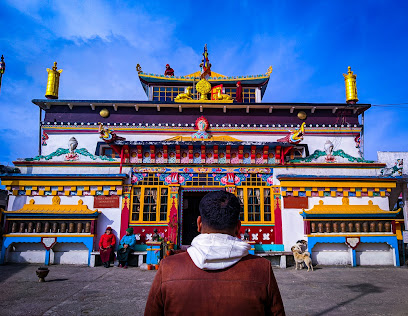
Hima falls
Experience the enchanting beauty of Hima Falls in Ghoom Pahar Forest, a serene hideaway perfect for nature lovers and adventure seekers.
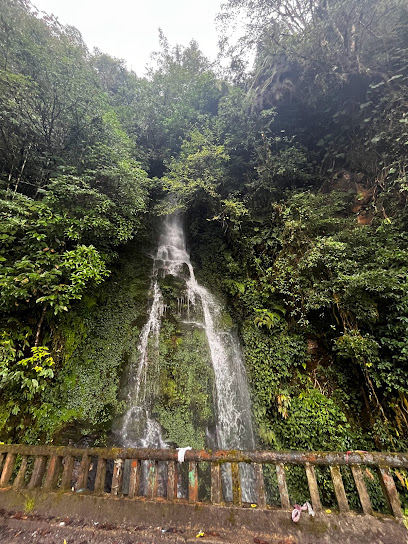
Darjeeling
Explore the enchanting beauty of Darjeeling, the Queen of the Hills, where tea gardens meet breathtaking Himalayan vistas.
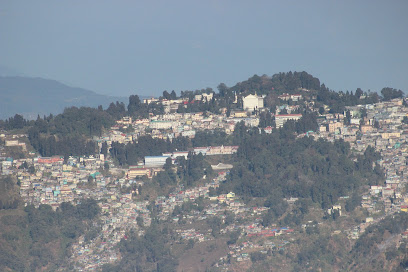
Essential places to dine
Keventer's
Experience the charm of Keventer's in Darjeeling - a perfect blend of delicious breakfasts and stunning mountain views.
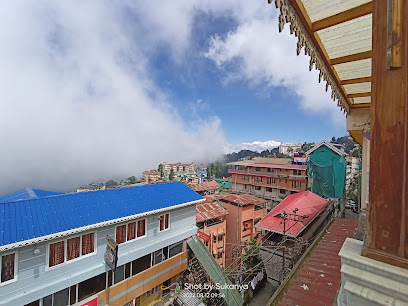
Misty Mountain Restaurant
Experience culinary delights at Misty Mountain Restaurant in Darjeeling—your go-to destination for exquisite vegetarian meals amidst breathtaking landscapes.
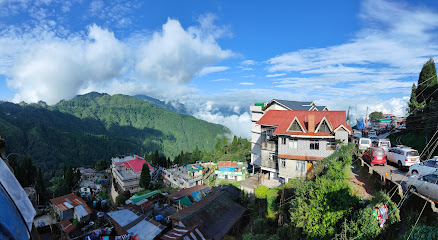
A D Restaurant Ghoom
Experience authentic Indian cuisine amidst the tranquil beauty of Senchal Forest at A D Restaurant Ghoom.

Ghoom Restaurant
Experience delightful breakfasts and breathtaking views at Ghoom Restaurant in Darjeeling – where culinary tradition meets scenic beauty.
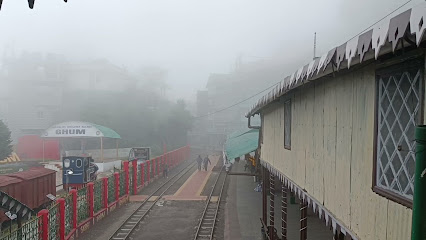
Ghoom Monastery Cafe
Discover tranquility at Ghoom Monastery Cafe, where serene surroundings meet delightful local flavors amidst breathtaking views.
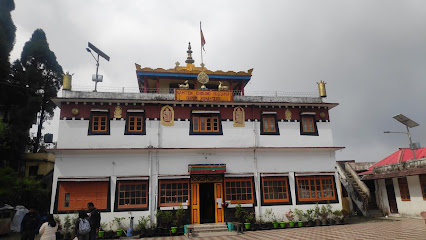
Delicaci
Experience authentic Indian flavors at Delicaci in Ghoom, Darjeeling—home to delectable biryanis and diverse regional dishes.
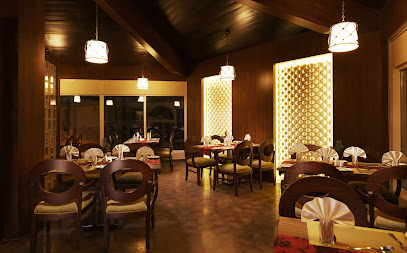
Tamang's Kitchen
Experience the best of fast food with local flavors at Tamang's Kitchen in Ghoom, West Bengal – where every meal is a journey!
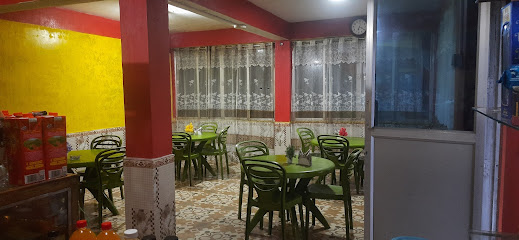
Markets, malls and hidden boutiques
Darjeeling Mall
Explore Darjeeling Mall: A scenic shopping haven blending culture, stunning views, and local flavors.
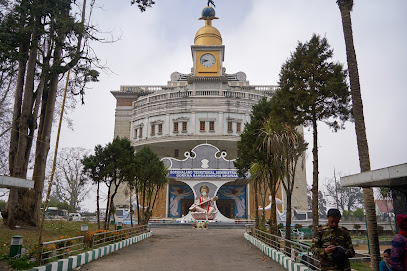
Ghoom Monastery (Samten Choeling)
Discover the serene beauty and rich heritage of Ghoom Monastery, a must-visit destination for spiritual seekers and culture enthusiasts alike.
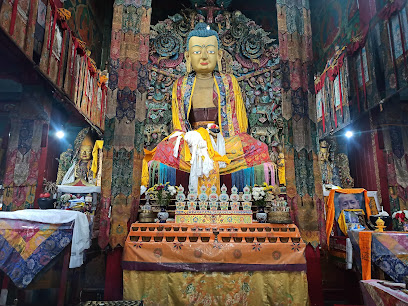
The Yellow Box
Explore The Yellow Box in Darjeeling for unique souvenirs and local handicrafts that embody the charm and culture of the region.
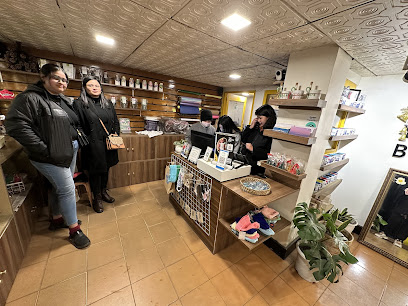
Khushi Cafe (with love)
Discover the perfect blend of coffee and tranquility at Khushi Cafe in Darjeeling, where every sip brings joy amidst breathtaking views.
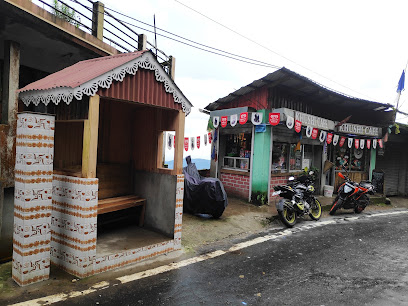
TRENDS
Discover stylish casual clothing and unique finds at TRENDS, a vibrant clothing store in Darjeeling's Rink Mall.

Nepal Curio House
Discover unique antiques and cultural artifacts at Nepal Curio House in the heart of Darjeeling's vibrant Chauk Bazaar.
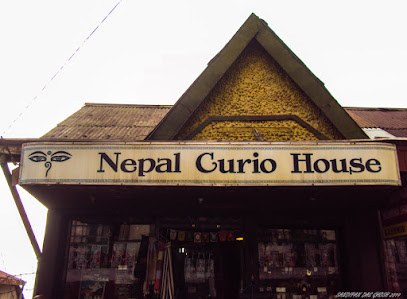
First Byte
Uncover the unique offerings of First Byte, a variety store that showcases the local culture and crafts of Darjeeling, West Bengal.
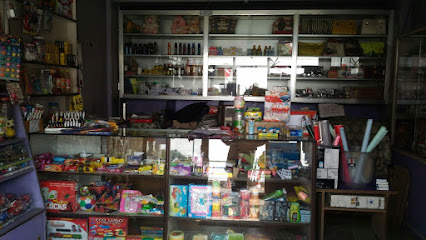
Gulmarg F.L.Off Shop (wine shop)
Explore Gulmarg F.L.Off Shop, a unique wine storage facility in Ghoom, West Bengal, offering exquisite wines and a charming atmosphere.
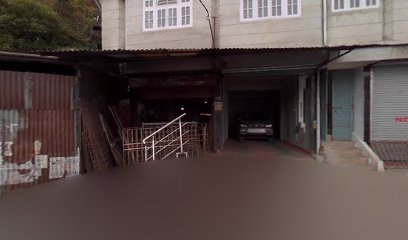
PRAKASH STORE
Discover the rich flavors of Ghoom at Prakash Store, a delightful paan shop and general store offering authentic local treats.
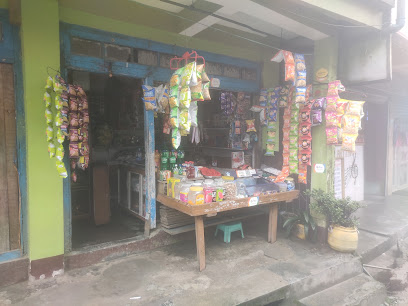
Anand General store
Explore Anand General Store in Ghoom for a unique shopping experience filled with local goods and cultural treasures.

General Store
Explore the unique offerings of Darjeeling's General Store, where local culture meets essential travel supplies in a charming hilltop setting.

Shalimar furniture
Explore Shalimar Furniture in Ghoom, West Bengal for handcrafted treasures that reflect the region's rich cultural heritage.
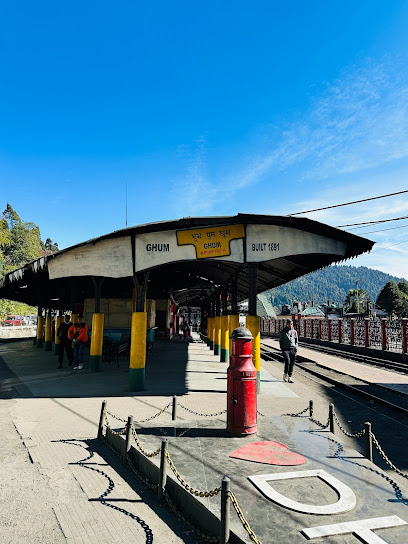
Local Phrases
-
- Helloཚེས་པོ་ལས་ནས་བདག
[tse po la na dak] - Goodbyeཞེན་པོ་སྐད་པའི་བདག
[zhen po ske pa'i dak] - Yesརེས་བདག
[re dak] - Noམེད་བདག
[me dak] - Please/You're welcomeསྐད་པའི་བདག
[ske pa'i dak] - Thank youབསྟན་བཅུལ་བདག
[ten chul dak] - Excuse me/Sorryདགེ་བསྒོའི་བདག
[ge sog'i dak] - How are you?ཁྱེད་རང་ཉིད།
[khe rang nyi] - Fine. And you?ལུང་ལ་འོས། ཁྱེད་རང་ཉིད།
[lung la o. khe rang nyi] - Do you speak English?ཨིན་གྲོར་སྐད་པའི་བདག་ཡིན།
[in dro ske pa'i dak yin] - I don't understandའདི་མ་དེས།
[di ma de]
- Helloཚེས་པོ་ལས་ནས་བདག
-
- I'd like to see the menu, pleaseམཚོ་སྒོ་ལོ་བདག
[tso go lo dak] - I don't eat meatདམ་དེས་ཁྲི་ཏོར་མིན།
[dam des tri tor min] - Cheers!འཚོ་ལོས།
[tso los] - I would like to pay, pleaseང་སྐད་བདག
[nga ske dak]
- I'd like to see the menu, pleaseམཚོ་སྒོ་ལོ་བདག
-
- Help!ང་ཚོར།
[nga tsor] - Go away!འཛུང་ཞུ།
[dzung shu] - Call the Police!བོན་རིགས་སྲིད།
[bong rik srid] - Call a doctor!སྨོན་ཚོར་སྲིད།
[mon tsor srid] - I'm lostང་སྐྱབས།
[nga kyab] - I'm illང་ལོབ།
[nga lob]
- Help!ང་ཚོར།
-
- I'd like to buy...ང་ནབ་ནས།
[nga nab na] - I'm just lookingང་འཚོལ་དེས།
[nga tso de] - How much is it?དུས་ཁྱབ།
[dus kyab] - That's too expensiveདུས་དམ་ཁྱབ།
[dus dam kyab] - Can you lower the price?འབད་པ་དུས།
[ba pa dus]
- I'd like to buy...ང་ནབ་ནས།
-
- What time is it?ཁྱོད་མཆོག་དུ།
[kho cho dak du] - It's one o'clockགཅིག་པའི།
[chik pa'i] - Half past (10)སྡུད་ཀྲོང།
[duk trong] - Morningཉིད།
[nyi] - Afternoonདགོངས།
[gong] - Eveningཉིད་པོ།
[nyi po] - Yesterdayཁ་པོ།
[kho po] - Todayདེ་རང།
[de rang] - Tomorrowནས་རང།
[na rang] - 1གཅིག
[chik] - 2གཉིས
[nyi] - 3གསོ
[so] - 4བཞད
[zha] - 5ལྷག
[lhak] - 6ནླབ
[lab] - 7དགུ
[gu] - 8བར
[bar] - 9དགོས
[gos] - 10བཅོག
[chok]
- What time is it?ཁྱོད་མཆོག་དུ།
-
- Where's a/the...?ཤེས་ལ་ལོ་འཇག་པའི་བདག་ཡིན།
[she la lo jak pa'i dak yin] - What's the address?ཡིན་རྒྱས་དོང་འཇག་པའི་བདག་ཡིན།
[yin gyas dong jak pa'i dak yin] - Can you show me (on the map)?ང་འཛུགས་མ་སྦེ།
[nga dzug ma be] - When's the next (bus)?མཇུག་བར་སངས་བཟོས།
[jug bar sang zos] - A ticket (to ....)ཚོན་དུས་འབད་པའི་བདག
[tsong dus ba pa'i dak]
- Where's a/the...?ཤེས་ལ་ལོ་འཇག་པའི་བདག་ཡིན།
History of Ghoom Monastery
-
Ghoom Monastery, known as Yiga Choeling, was established in 1850 by a Tibetan monk, Bhuti Lama. It was the first Gelugpa monastery established in Darjeeling and served as a significant center of Buddhism in the region. The monastery was built in response to the increasing number of Tibetan refugees and the growing interest in Buddhism among the British and local communities.
-
The monastery is renowned for its stunning architecture, featuring traditional Tibetan design elements, including intricate wood carvings and vibrant murals depicting Buddhist deities. The central figure is a 15-foot tall statue of Maitreya Buddha, which is one of the largest of its kind in India. Its design reflects the rich cultural interactions between the Tibetan and British colonial influences in the region.
-
Ghoom Monastery has served as a cultural hub for the local Buddhist community and a pilgrimage site for devotees. The annual religious festivals attract monks and visitors from various parts of India and Nepal, fostering a sense of community and shared spirituality. The monastery's teachings and practices have contributed significantly to the preservation of Tibetan Buddhist culture in the region.
-
During the British colonial era, Ghoom Monastery became a focal point for British officers and tourists interested in Buddhism and the local culture. The serenity of Ghoom and its panoramic views of the surrounding mountains made it a popular retreat. The British interest in the monastery helped to promote tourism in Darjeeling, which continues to be a significant part of its economy today.
-
In recent years, Ghoom Monastery has faced challenges related to modernization and tourism. Efforts have been made to preserve its historical and cultural significance amidst the changing landscape of Darjeeling. The local community, along with various organizations, is actively involved in maintaining the monastery's heritage and ensuring its continued relevance in contemporary society.
Ghoom Monastery Essentials
-
Ghoom Monastery is located about 8 kilometers from Darjeeling town center and can be reached via several transportation options. The most common way is to take a shared jeep or taxi from the main taxi stand in Darjeeling, which takes approximately 30 minutes. Buses also run from Darjeeling to Ghoom, but they may be less frequent. Alternatively, for a more scenic experience, you can take the Darjeeling Himalayan Railway (toy train) to Ghoom station, which is a short walk from the monastery.
-
Ghoom Monastery is compact and can be easily explored on foot. The area is pedestrian-friendly, allowing visitors to enjoy the scenic beauty and local culture. For longer distances or if you're looking to explore nearby attractions, local taxis and shared jeeps are available. Bicycles can be rented in Darjeeling, but the steep terrain may be challenging for some.
-
Ghoom is generally safe for tourists, but standard precautions should be taken. Petty crime like pickpocketing can occur, particularly in crowded areas. It is advisable to avoid isolated areas after dark and keep valuables secure. While Ghoom itself does not have specific high-crime areas, it’s best to stay vigilant and be aware of your surroundings when exploring.
-
In case of an emergency, dial 100 for police assistance or 108 for ambulance services. The nearest hospital is in Darjeeling town. It is advisable to have travel insurance that covers medical emergencies. For minor health issues, local pharmacies are available, but it is wise to carry basic medications with you.
-
Fashion: Do dress modestly, especially when visiting the monastery; avoid revealing clothing. Religion: Do respect local customs; always remove your shoes before entering the main prayer hall. Public Transport: Do be polite and give your seat to elderly passengers; don't eat or drink on public transport. Greetings: Do greet locals with a smile and a polite 'Namaste'; don't engage in loud or disruptive behavior. Eating & Drinking: Do try local teas and snacks; don’t waste food or refuse hospitality, as it is considered impolite.
-
To experience Ghoom Monastery like a local, visit during the early morning or late afternoon for a quieter experience. Engage with the monks if they are available, as they are often willing to share insights about their practices. Explore the surrounding area, including the nearby Ghoom Railway Station and the Batasia Loop, for stunning views of the mountains. Sample local street food from vendors around the monastery for an authentic taste of Darjeeling.
Nearby Cities to Ghoom Monastery
-
Things To Do in Siliguri
-
Things To Do in Gangtok
-
Things To Do in Phuentsholing
-
Things To Do in Paro
-
Things To Do in Thimphu
-
Things To Do in Wangdue Phodrang
-
Things To Do in Rangpur
-
Things To Do in Punakha
-
Things To Do in Namche Bazaar
-
Things To Do in Trongsa
-
Things To Do in Bumthang
-
Things To Do in Jakar
-
Things To Do in Nagarkot
-
Things To Do in Bhaktapur
-
Things To Do in Rajshahi



